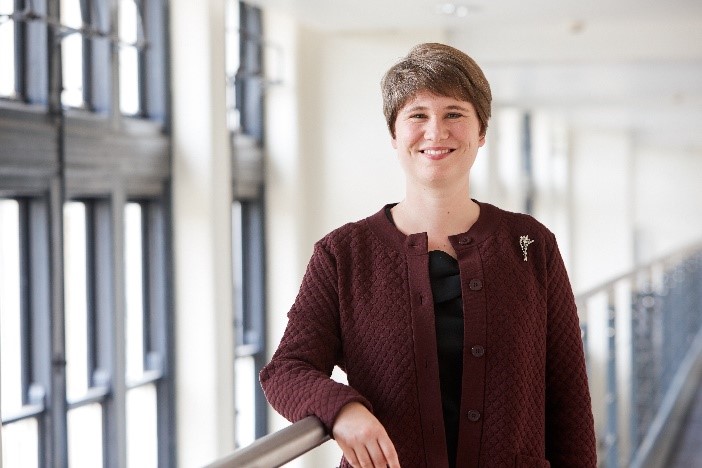
Alice Shepherd
By Alice Shepherd
“One day, you will be old enough to start reading fairytales again.” (C.S. Lewis dedication of, ‘The Chronicles of Narnia’). Given that many texts we ask our students to read are very distant from the vivid world Lewis created, how can we understand more about our students’ academic reading practices so that we can more effectively support them as they progress through their university studies?
I’ve been teaching a final year undergraduate capstone module for several years, and ask students to read both academic research and practitioner literature. However, every year they complain of ‘too much’ reading which is ‘too difficult’ and ‘takes too long’. I have had many conversations with students over the last few years, which suggest that reading is proving a challenging area for some. I’ve tried writing reading guidance and directed reading guides including questions and structures to check comprehension and foster note-taking, but I think these interventions, although well-received, have had a modest impact on students’ reading practices. These practices are largely hidden from teaching staff, happening as they (should!) do in independent study time. This year I’m starting the course with a session on academic reading, considering challenges and possible strategies students could adopt.
The literature on academic reading has broad-based foundations (literacies approaches, applied linguistics, teacher education, second language (L2) research). I have found a small number of interesting studies situated in higher education, but there appears to be a dearth of studies set in business school contexts. I think our context is particularly interesting, as many programmes combine elements of social sciences and humanities with quantitative components, meaning that the range of readings to which our students are exposed might be particularly wide, and we have international cohorts including both native language (L1) and L2 learners.
Weller (2010) undertook a small-scale phenomenographic study comparing how lecturers and students read, suggesting that this was highly discipline-situated, and noting an important difference in approach: lecturers were actively deconstructing what they read, something students were much less comfortable with doing. These findings are supported by a study conducted by Hermida (2009) with first year Law undergraduates.
Other aspects of reading practices such as use of electronic and print resources have been investigated by Foasberg (2014) and Stiles-Doe et al (2013), both studies indicating students prefer print for close reading and electronic for portability, and acknowledge that we may currently be teaching a transitional generation.
The idea that L1 reading strategies do not disappear when reading in a second language but underpin and sometimes disrupt L2 academic reading (Grabe and Stoller, 2011) made me consider the particular challenges faced by L2 students particularly when reading research papers densely populated with complex terminology and concepts.
St Clair-Thompson et al’s (2018) recent study of science students at the University of Newcastle combined snapshot questionnaires with qualitative focus group and reading diary methods. The authors suggest longer-term reading diary studies as a follow-on from their work, and I’m thinking about taking up the gauntlet!
If you are interested in collaborating on a project investigating business students’ academic reading practices, please contact me at a.k.shepherd@leeds.ac.uk
Alice is a Senior Teaching Fellow in Accounting and Finance at Leeds, University Business School. She has been a recipient of the Dean’s Award for Teaching Excellence (2017) and has recently been working with the Leeds Institute for Teaching Excellence (‘LITE’) as a Teaching Enhancement Project Leader. More information about LITE and its work can be found here http://teachingexcellence.leeds.ac.uk/
References:
Foasberg, N. (2014) Student reading practices in print and electronic media, College and Research Libraries, September 2014
Hermida, J. (2009) The importance of teaching academic reading skills in first-year university courses, http://ssrn.com/abstract=1419247
Grabe, W. and Stoller, F. (2011) Teaching and Researching Reading, 2nd edition, Taylor and Francis
St Clair-Thompson et al (2018) Exploring the reading practices of undergraduate students, Education Inquiry, 9 (3), 284-298
Stites-Doe, S., Maxwell, P. and Maxwell, J. (2013) Business students’ learning engagement as a function of reading assigned e-textbooks, Library Publications and Presentations, 6. Available online at: https://digitalcommons.brockport.edu
Weller, S. (2010) Comparing lecturer and student accounts of reading in the humanities, Arts and Humanities in Higher Education, 9 (1), 87-106


Leave a Reply